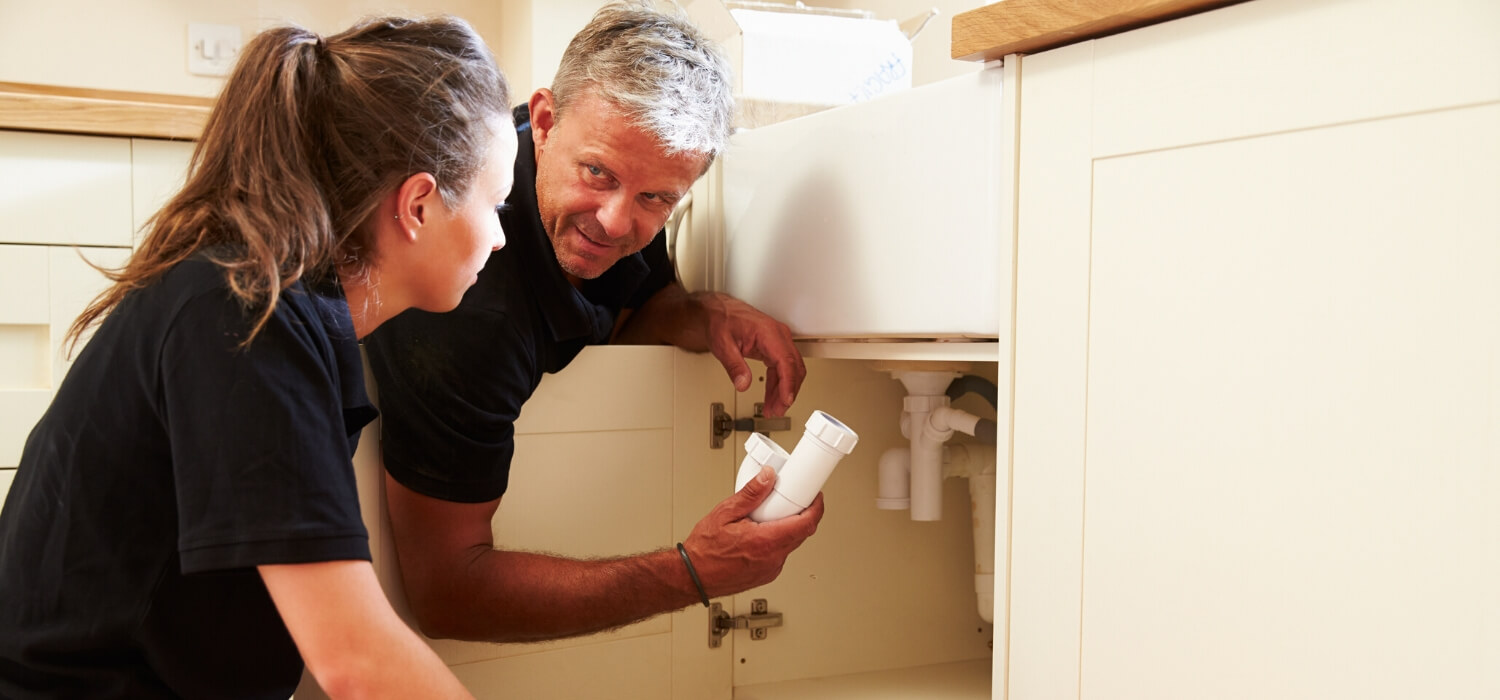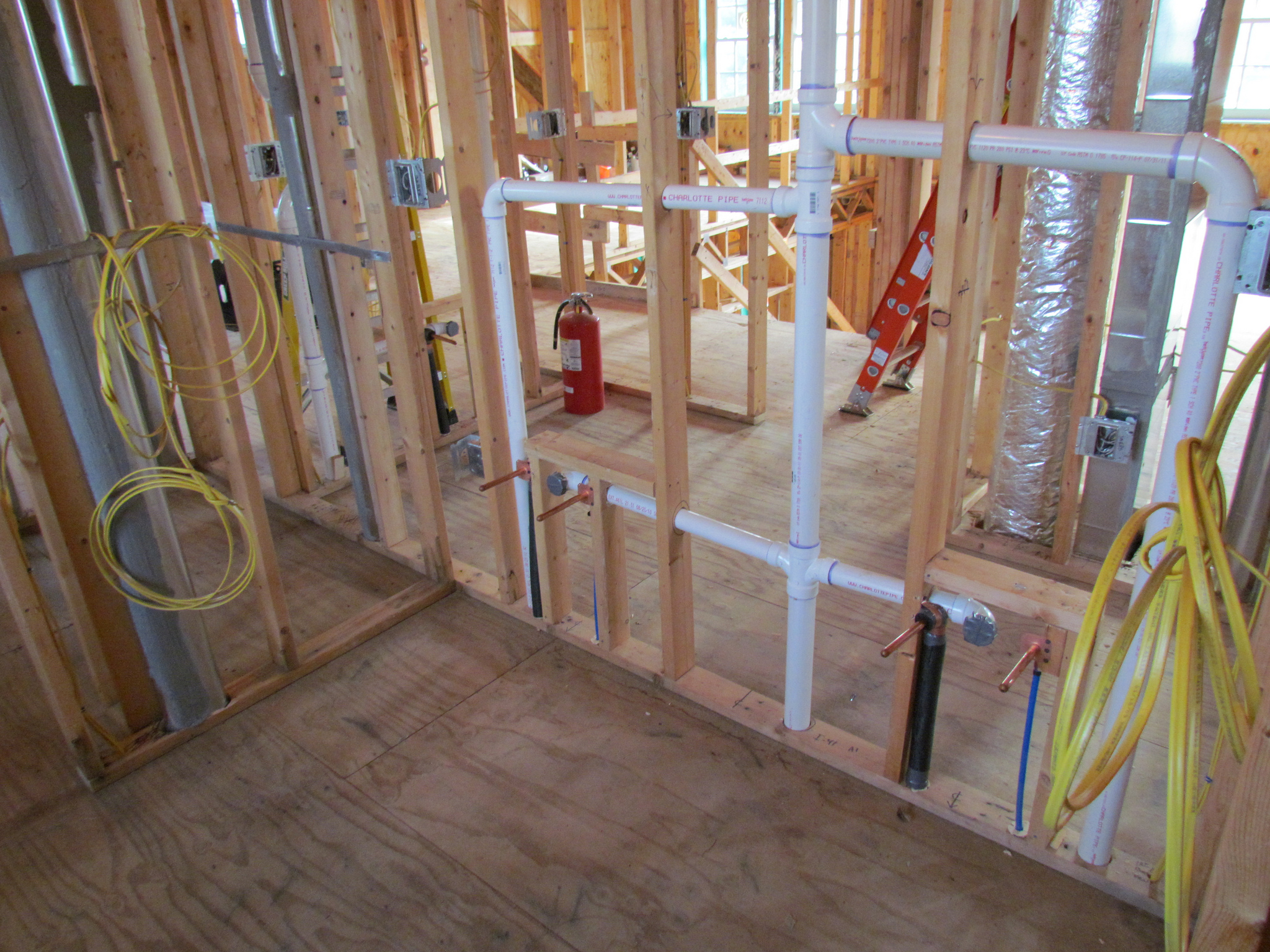Understanding Your Property's Plumbing System Anatomy
Understanding Your Property's Plumbing System Anatomy
Blog Article
We have noticed this post pertaining to The Inner Workings of Your Home's Plumbing listed below on the net and figured it made good sense to write about it with you on this page.

Recognizing how your home's pipes system functions is important for each property owner. From supplying clean water for drinking, food preparation, and bathing to safely eliminating wastewater, a properly maintained pipes system is essential for your family's health and comfort. In this comprehensive guide, we'll explore the detailed network that makes up your home's plumbing and deal tips on maintenance, upgrades, and handling typical issues.
Intro
Your home's plumbing system is greater than simply a network of pipes; it's a complex system that guarantees you have accessibility to clean water and reliable wastewater removal. Knowing its elements and just how they collaborate can assist you prevent pricey repair work and make certain everything runs efficiently.
Basic Elements of a Pipes System
Pipes and Tubing
At the heart of your pipes system are the pipes and tubes that lug water throughout your home. These can be constructed from different products such as copper, PVC, or PEX, each with its advantages in regards to toughness and cost-effectiveness.
Components: Sinks, Toilets, Showers, and so on.
Fixtures like sinks, commodes, showers, and bath tubs are where water is utilized in your home. Recognizing exactly how these components link to the plumbing system aids in identifying troubles and planning upgrades.
Shutoffs and Shut-off Points
Valves regulate the circulation of water in your plumbing system. Shut-off valves are critical throughout emergencies or when you need to make fixings, enabling you to isolate parts of the system without interfering with water circulation to the entire residence.
Water System System
Main Water Line
The main water line attaches your home to the local supply of water or an exclusive well. It's where water enters your home and is dispersed to various components.
Water Meter and Stress Regulator
The water meter actions your water usage, while a pressure regulatory authority guarantees that water flows at a risk-free pressure throughout your home's plumbing system, protecting against damage to pipelines and fixtures.
Cold Water vs. Hot Water Lines
Recognizing the distinction in between cold water lines, which supply water straight from the main, and warm water lines, which lug heated water from the hot water heater, aids in troubleshooting and preparing for upgrades.
Drainage System
Drain Piping and Traps
Drain pipelines carry wastewater far from sinks, showers, and bathrooms to the sewer or septic system. Catches avoid sewer gases from entering your home and additionally trap debris that could trigger clogs.
Air flow Pipelines
Ventilation pipes allow air into the drainage system, avoiding suction that could slow down drain and create catches to vacant. Correct air flow is essential for maintaining the integrity of your plumbing system.
Value of Appropriate Drain
Guaranteeing appropriate drain avoids backups and water damage. Routinely cleaning up drains and preserving traps can avoid costly repairs and extend the life of your pipes system.
Water Furnace
Kinds Of Water Heaters
Water heaters can be tankless or traditional tank-style. Tankless heating systems warmth water as needed, while storage tanks keep heated water for instant use.
How Water Heaters Connect to the Pipes System
Recognizing exactly how water heaters connect to both the cold water supply and warm water circulation lines assists in diagnosing issues like not enough warm water or leaks.
Maintenance Tips for Water Heaters
Frequently purging your hot water heater to remove debris, inspecting the temperature level setups, and examining for leakages can prolong its lifespan and enhance energy effectiveness.
Common Plumbing Issues
Leakages and Their Reasons
Leakages can occur as a result of maturing pipelines, loosened fittings, or high water pressure. Addressing leakages without delay stops water damages and mold growth.
Clogs and Clogs
Obstructions in drains pipes and bathrooms are frequently caused by purging non-flushable products or an accumulation of grease and hair. Making use of drainpipe screens and being mindful of what goes down your drains pipes can stop clogs.
Signs of Pipes Issues to Watch For
Low water stress, sluggish drains, foul odors, or abnormally high water expenses are signs of potential pipes issues that should be resolved immediately.
Plumbing Upkeep Tips
Routine Evaluations and Checks
Set up yearly plumbing examinations to catch concerns early. Search for indicators of leakages, corrosion, or mineral accumulation in taps and showerheads.
Do It Yourself Maintenance Tasks
Easy jobs like cleansing faucet aerators, checking for commode leaks making use of dye tablets, or protecting exposed pipelines in cold environments can avoid significant plumbing concerns.
When to Call an Expert Plumber
Know when a plumbing concern requires specialist competence. Attempting complicated repairs without appropriate knowledge can result in even more damages and higher repair work expenses.
Updating Your Plumbing System
Reasons for Upgrading
Upgrading to water-efficient components or replacing old pipes can boost water quality, minimize water bills, and boost the worth of your home.
Modern Pipes Technologies and Their Benefits
Discover innovations like smart leakage detectors, water-saving toilets, and energy-efficient hot water heater that can save cash and decrease ecological effect.
Cost Factors To Consider and ROI
Calculate the in advance costs versus long-term financial savings when thinking about pipes upgrades. Numerous upgrades spend for themselves via decreased energy bills and less repairs.
Ecological Impact and Preservation
Water-Saving Components and Home Appliances
Mounting low-flow faucets, showerheads, and commodes can significantly decrease water usage without giving up efficiency.
Tips for Reducing Water Usage
Basic behaviors like dealing with leaks promptly, taking shorter showers, and running full lots of laundry and meals can preserve water and lower your utility costs.
Eco-Friendly Plumbing Options
Think about lasting plumbing materials like bamboo for floor covering, which is durable and eco-friendly, or recycled glass for counter tops.
Emergency situation Preparedness
Steps to Take Throughout a Pipes Emergency
Know where your shut-off valves lie and just how to turn off the supply of water in case of a ruptured pipeline or major leak.
Value of Having Emergency Situation Calls Useful
Keep call details for local plumbings or emergency solutions conveniently available for quick reaction throughout a pipes situation.
Do It Yourself Emergency Fixes (When Appropriate).
Short-term repairs like making use of air duct tape to spot a leaking pipe or placing a container under a leaking tap can lessen damages till a specialist plumber arrives.
Verdict.
Understanding the composition of your home's pipes system encourages you to maintain it efficiently, conserving money and time on repairs. By following routine upkeep regimens and staying informed regarding contemporary pipes modern technologies, you can ensure your plumbing system operates effectively for several years ahead.
Exploring Your Homes Plumbing Anatomy
Water Supply System
Main Water Line: This is where water enters your home from the municipal supply or a private well.
Water Meter: Typically located near where the main water line enters the property, it measures the amount of water used.
Shutoff Valve: It s crucial to know where this is in case of emergencies. It allows you to turn off the water supply to the entire house.
Pipes and Fittings: These distribute water throughout your home. Materials can include copper, PVC, or PEX.
Drain-Waste-Vent (DWV) System
Drains: Located in sinks, showers, and tubs, these carry wastewater away.
Traps: U-shaped pipes under sinks that hold standing water, blocking sewer gases from entering the home.
Vents: Pipes that lead from the DWV system to the outside, preventing vacuum formation and allowing gases to escape.
Sewer Line: Carries all wastewater from the home to the municipal sewer system or a septic tank.
Fixtures and Appliances
Sinks, Toilets, and Showers
Dishwashers and Washing Machines
Water Heaters
Maintenance Tips
Regularly check for leaks in exposed pipes and around fixtures.
Inspect the water heater annually for signs of wear.
Clean drains and traps to prevent clogs and odors.
Know how to shut off water to individual fixtures.
When to Call a Professional
Major leaks or burst pipes
Installation of new pipes or fixtures
Septic tank issues
Remodeling projects that involve plumbing changes
Conclusion
Understanding the anatomy of your home's plumbing is key to maintaining a functional and efficient system. Regular checks and knowing when to call in the experts can save you time, money, and stress.
https://www.mavyn.com/blog/exploring-your-homes-plumbing-anatomy

Exploring Your Homes Plumbing Anatomy
Water Supply System
Drain-Waste-Vent (DWV) System
Fixtures and Appliances
Maintenance Tips
When to Call a Professional
Conclusion
Understanding the anatomy of your home's plumbing is key to maintaining a functional and efficient system. Regular checks and knowing when to call in the experts can save you time, money, and stress.
https://www.mavyn.com/blog/exploring-your-homes-plumbing-anatomy
I am just very involved in The Inner Workings of Your Home's Plumbing and I'm hoping you enjoyed the entry. Loved our entry? Please quickly share it. Help another person find it. I praise you for being here. Return soon.
Click Report this page